For birdwatchers seeking the richest avian experiences, mornings offer an unparalleled window into the world of songbirds. The early hours host what ornithologists call the “dawn chorus,” a magnificent symphony of birdsong that peaks in intensity shortly after first light. This natural phenomenon occurs because birds are typically most active and vocal during these hours, creating perfect opportunities for identification through both sight and sound. The lower temperatures of morning also mean birds must feed more actively to restore energy depleted overnight, resulting in increased movement and visibility. Understanding these natural rhythms can transform a casual birding expedition into an extraordinary immersion in nature’s most melodious moments.
The Magical “Civil Twilight” Period
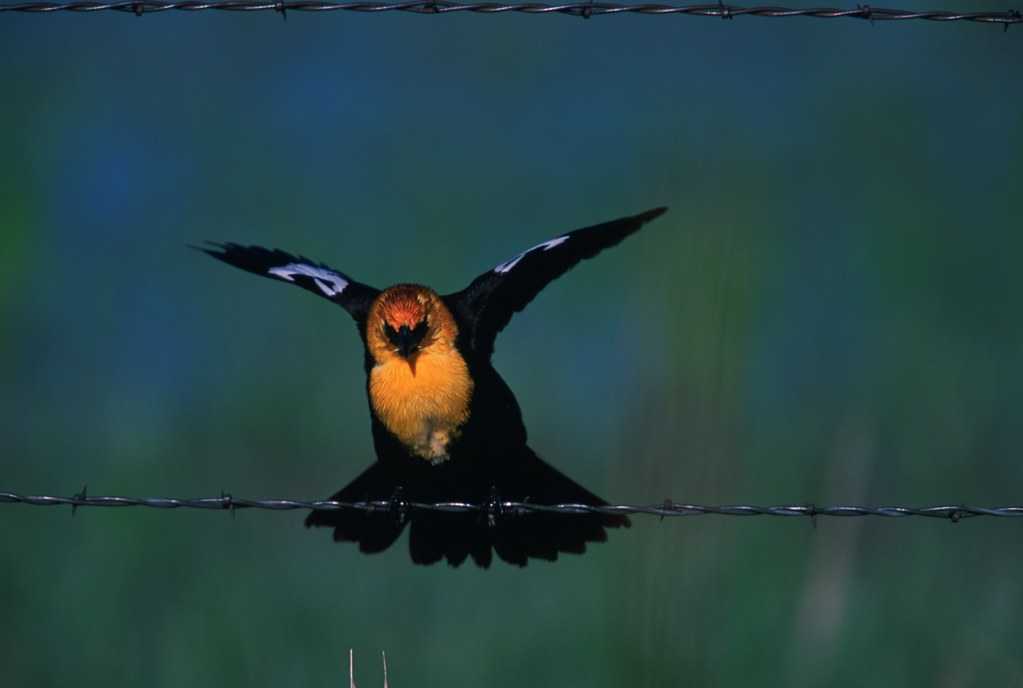
Civil twilight—that ethereal time just before sunrise when the sky begins to lighten but the sun remains below the horizon—represents prime territory for serious birdwatchers. During these precious 20-30 minutes, many songbird species begin their morning communications, creating a sequential orchestra that practiced ears can untangle into individual performers. Research has shown that birds use this time to establish territory, with different species having evolved specific time slots within the chorus to minimize acoustic competition. Thrushes, robins, and blackbirds typically lead this predawn serenade, making them easier to identify when they’re not competing with the full chorus. For photographers, this period offers soft, diffused light that beautifully illuminates birds without harsh shadows, though binoculars may need to be of higher quality to gather sufficient light.
The First Hour After Sunrise: Peak Activity Window
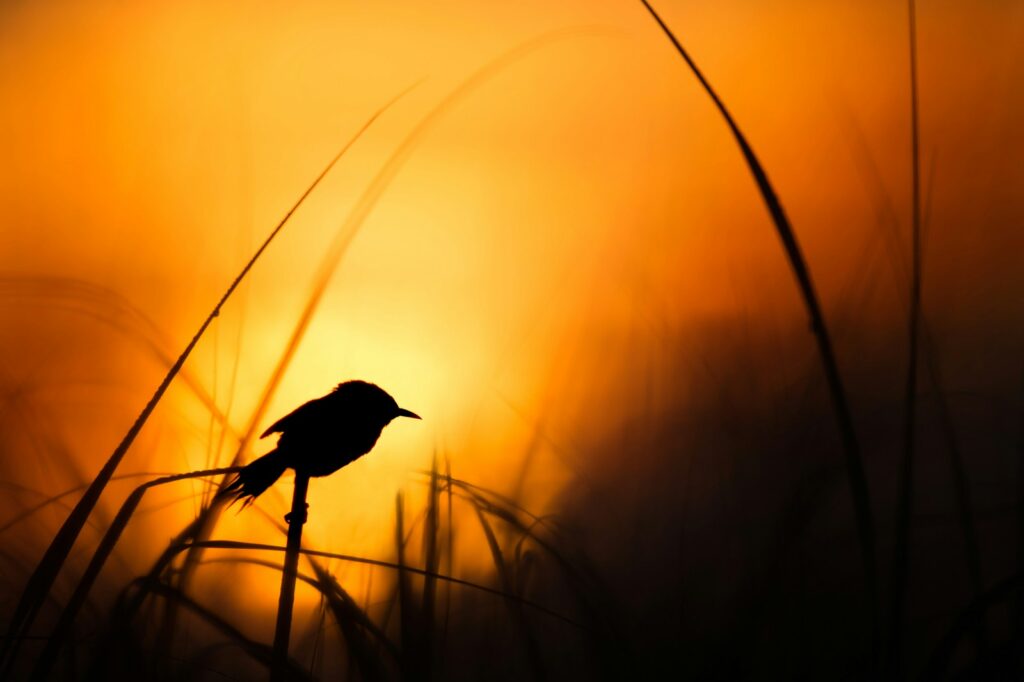
The sixty minutes following the sun’s appearance above the horizon represent the absolute pinnacle of songbird activity in most habitats. During this golden hour, the majority of diurnal species are actively feeding, defending territories, and engaging in courtship behaviors, creating a bustling atmosphere of movement and song. Warblers, sparrows, and finches become particularly visible as they pursue insects activated by warming temperatures. This time frame offers birdwatchers the highest probability of observing the greatest diversity of species in a single session. Physiologically, many birds are responding to the daily pulse of hormones that peaks at dawn, driving them into heightened periods of singing and display behaviors that become less frequent as the day progresses. Morning light during this period also provides ideal conditions for spotting field marks and color patterns essential for accurate identification.
Mid-Morning Break: The Second Wave (8-10 AM)
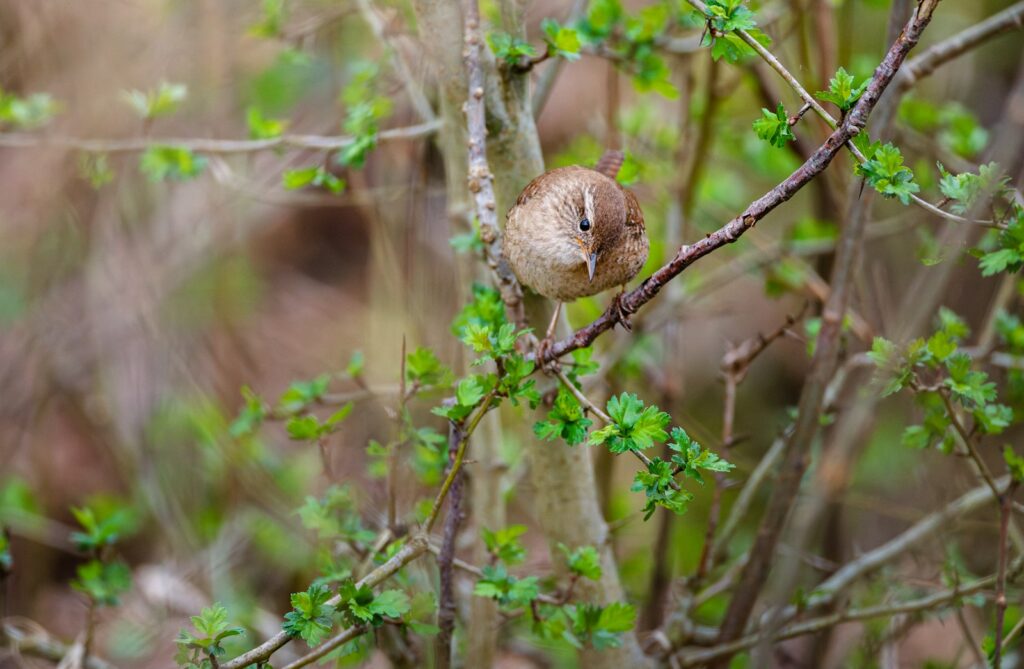
After the initial burst of dawn activity subsides, many birdwatchers pack up and head home, but the experienced observer knows that a secondary peak often emerges between 8-10 AM. During this mid-morning window, species that were less active during the dawn chorus—including many flycatchers, vireos, and certain woodpeckers—begin their daily routines in earnest. This period coincides with rising thermal air currents, which hawks and other raptors exploit for soaring, making it an excellent time to spot these larger birds beginning their hunting patterns. Temperature increases by this hour also stimulate greater insect activity, drawing out insectivorous birds that may have been less visible earlier. For birdwatchers sensitive to early wake-up calls, this second wave provides a more civilized alternative that still delivers rich observations without requiring pre-dawn alarm settings.
Seasonal Variations: Spring Mornings for Migrants and Courtship

Spring mornings represent the pinnacle of the birdwatching calendar, particularly during migration periods from March through May in North America. These crisp mornings showcase birds at their most vocal and visually striking, with males displaying breeding plumage and performing elaborate courtship rituals to attract mates. Researchers have documented that spring dawn choruses contain up to 20 times more singing events than comparable autumn mornings, as territorial establishment and mate attraction reach their yearly peak. The combination of returning migrants, breeding displays, and nest-building activities creates an unmatched diversity of observable behaviors. For new birdwatchers, spring mornings provide the ideal learning environment, as birds are both more visible and more persistent in their vocalizations, allowing for extended observation and study of distinguishing characteristics.
Summer Mornings: The Early Birdwatcher Gets the Song
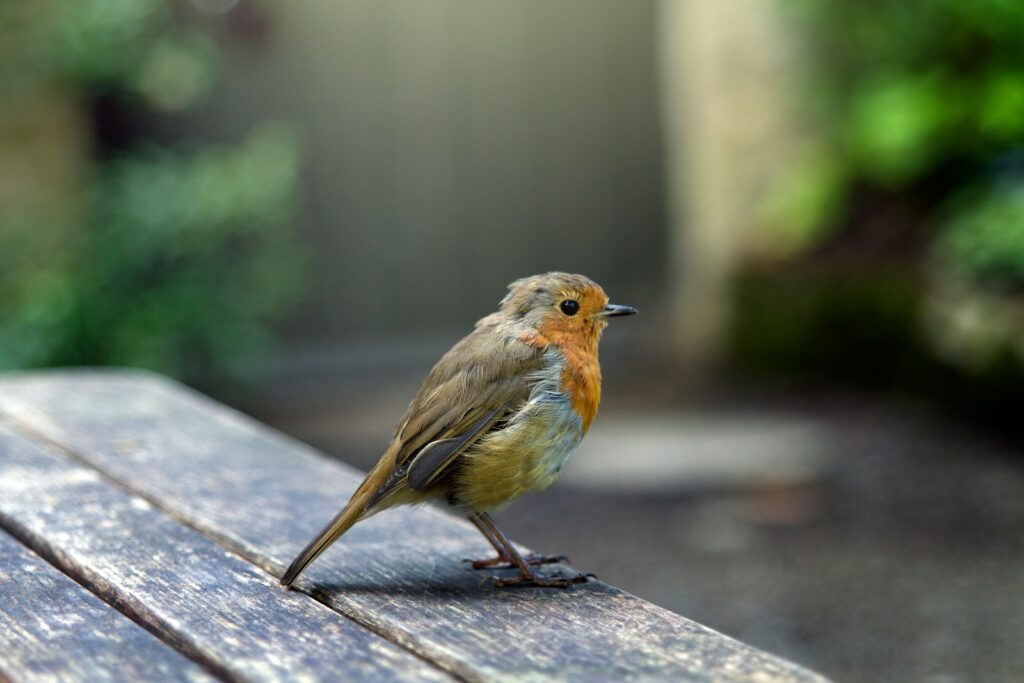
Summer brings a significant shift in optimal viewing times, with the earliest hours becoming increasingly important as seasonal heat intensifies. By July in many regions, birdwatchers must arrive well before sunrise to catch peak activity, as birds often retreat to cooler, shadier locations by 8 AM when temperatures climb. These early summer mornings offer unique opportunities to observe fledgling behaviors as young birds learn essential survival skills under parental supervision. The reduced foliage density of late summer also improves visibility as some plants begin to thin, creating better sightlines through woodland habitats. Dedicated birdwatchers recognize that summer mornings, though requiring earlier starts, reward observers with intimate glimpses of family groups and the touching awkwardness of juveniles mastering flight, feeding, and social interactions.
Fall Mornings: Migration Movements and Changing Patterns
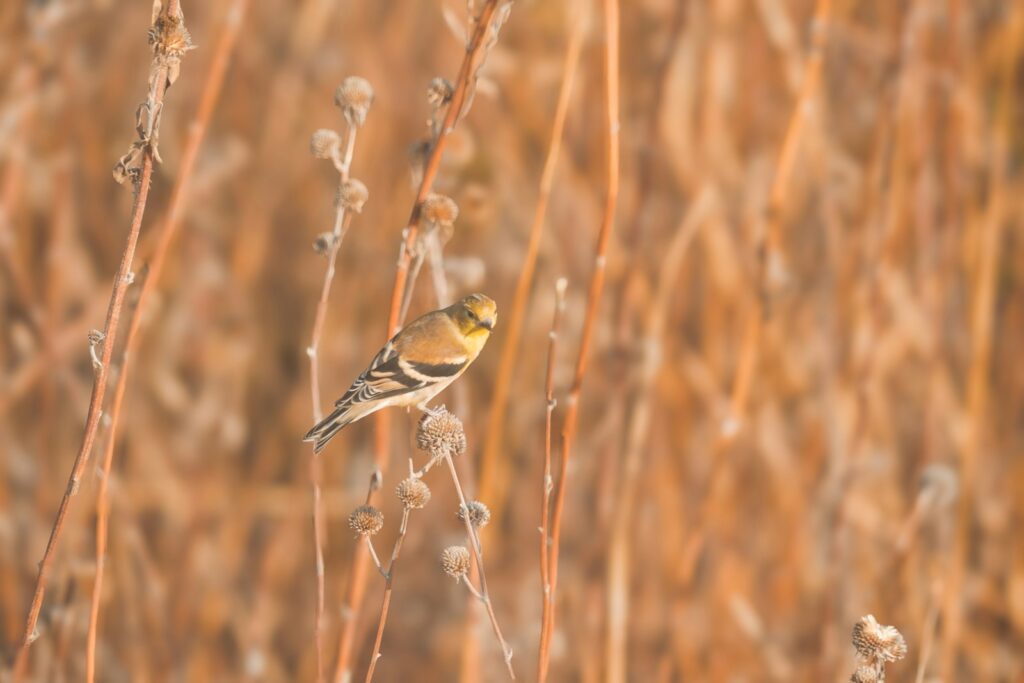
Autumn mornings present a distinctly different birdwatching experience, characterized by shifting flocks and altered vocal patterns. During fall migration from late August through November, mornings offer the best opportunity to observe birds refueling after overnight migratory journeys, particularly along coastal routes and major flyways. The morning hours reveal mixed-species feeding flocks that form temporarily as birds with different summer territories now travel together for migration safety. Vocalization patterns change significantly in autumn, with the territorial songs of spring replaced by shorter contact calls used to maintain group cohesion during travel. Birdwatchers should adjust their expectations and identification strategies accordingly, focusing more on silhouettes, movement patterns, and field marks rather than the songs that might have been identification staples during spring observations.
Winter Mornings: Later Starts with Concentrated Activity
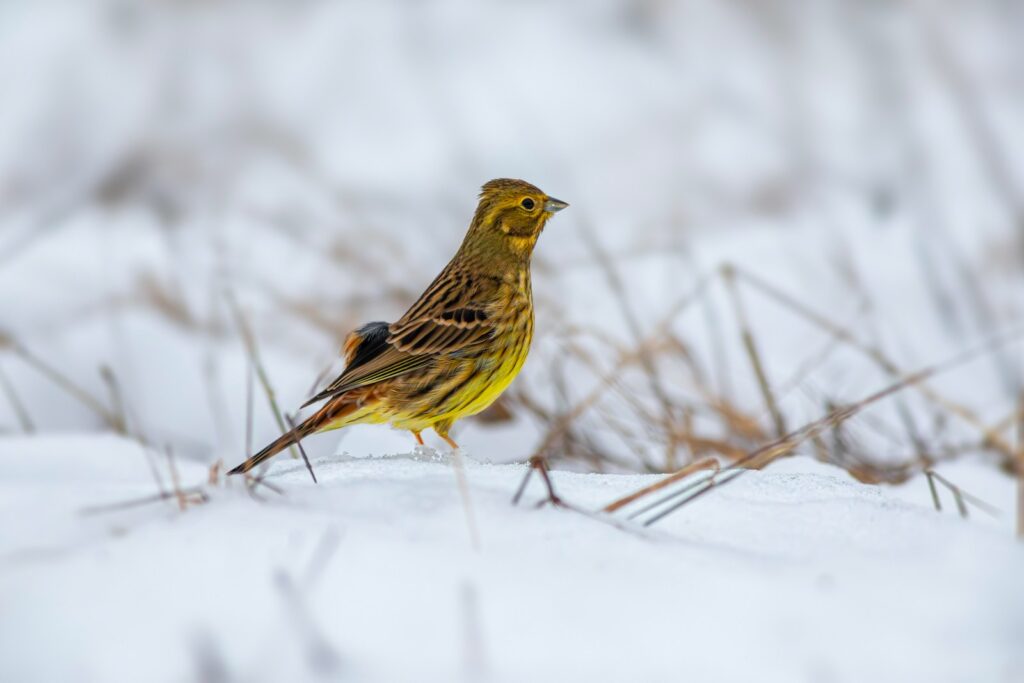
Winter transforms the morning birdwatching experience, shifting prime observation times later into the morning as birds delay activity until temperatures rise. In many regions, the best winter birdwatching occurs between 8-11 AM, when birds emerge to engage in intensive feeding that must sustain them through long, cold nights. These winter mornings reveal fascinating behavioral adaptations, including mixed-species foraging flocks that form temporary alliances for improved predator detection and feeding efficiency. Resident winter birds often concentrate around reliable food sources, making locations with natural food crops or feeders particularly productive for observation. The stripped-down winter landscape, while visually starker, actually improves visibility considerably, allowing birdwatchers to spot species that might remain hidden in leafy seasons and observe behaviors that would otherwise be obscured by vegetation.
Weather Factors: How Morning Conditions Affect Bird Activity
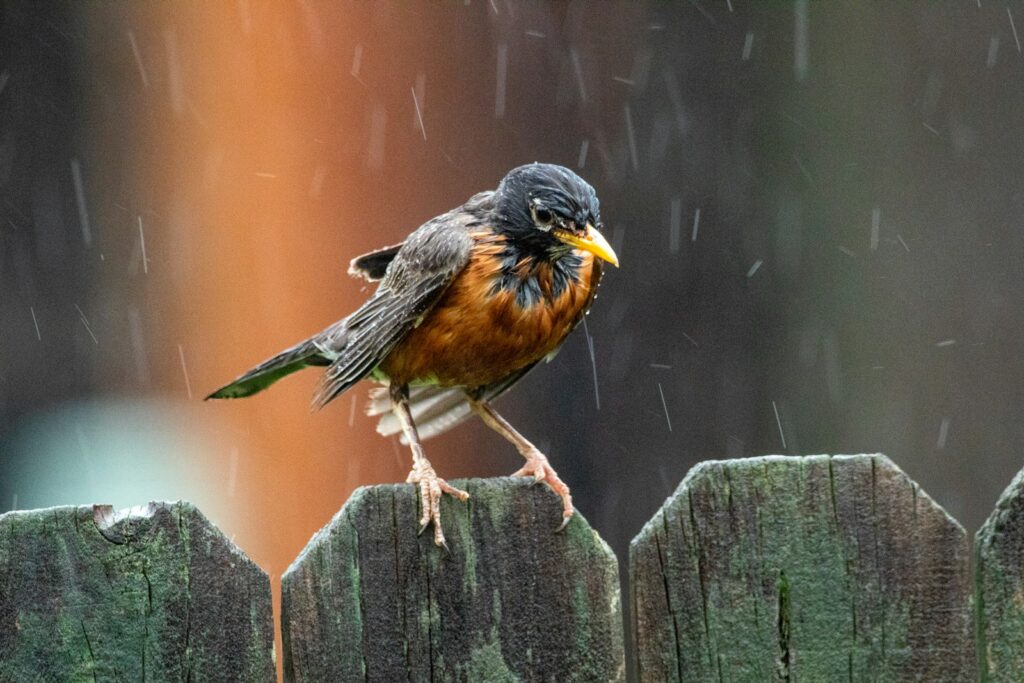
Weather conditions dramatically influence the quality of morning birdwatching experiences, often trumping time-of-day considerations when extreme. Light to moderate rain often suppresses the dawn chorus initially but can create excellent viewing opportunities once precipitation ends, as birds emerge en masse to feed. Conversely, mornings following overnight storms frequently deliver exceptional birdwatching as birds compensate for missed feeding opportunities. Wind significantly impacts observation quality—mornings with winds below 8-10 mph generally produce optimal conditions, while stronger winds drive birds to sheltered locations and reduce vocal activity. Temperature inversions, when cool air is trapped near ground level under warmer air, can amplify bird sounds and carry them over remarkable distances, creating mornings when birds seem mysteriously more audible despite being at typical distances. Experienced birdwatchers develop a meteorological sixth sense, recognizing that perfect conditions—slightly overcast, low wind, moderate humidity—often yield the most rewarding morning sessions regardless of season.
Location Strategies: Maximizing Morning Observation Spots
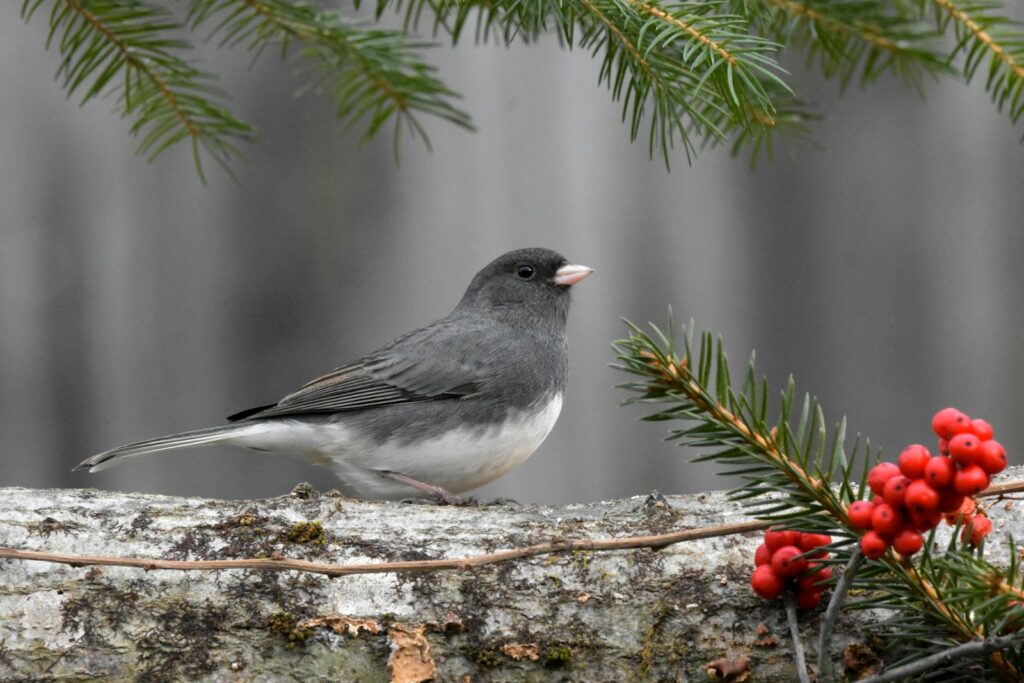
Strategic positioning dramatically enhances morning birdwatching success, with habitat edges offering particularly productive vantage points. These transition zones—where forests meet fields, wetlands border uplands, or scrubland transitions to mature woods—naturally concentrate bird activity as species from different habitats converge. Experienced birdwatchers position themselves with the rising sun at their backs when possible, improving visibility while reducing eye strain from direct sunlight. Elevation changes provide additional advantages, with slightly elevated positions offering expanded visual fields across canopies and understory layers simultaneously. Waterside locations deserve special consideration for morning watches, as many species visit water sources early for drinking and bathing, creating natural gathering points. When selecting morning observation spots, birdwatchers should also consider how seasonal changes affect specific habitats—a spectacular spring location might prove disappointingly quiet in winter when food sources have been depleted.
Technology and Tools for the Morning Birdwatcher
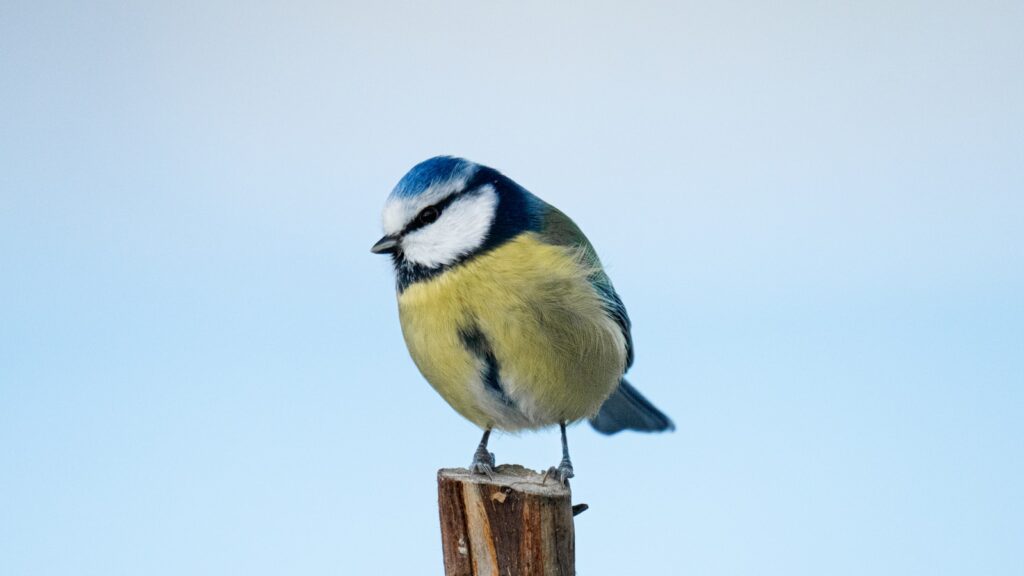
Modern technology has revolutionized morning birdwatching, offering tools that enhance the experience even in challenging dawn conditions. High-quality binoculars with superior light-gathering capabilities make all the difference during those critical low-light periods of early morning when standard optics might render birds as mere silhouettes. Smartphone applications such as Merlin Bird ID and eBird now offer real-time acoustic identification, analyzing bird songs through device microphones and providing instant species identification even before visual confirmation becomes possible. Thermal imaging attachments for smartphones, though expensive, have created new possibilities for detecting birds in dense foliage or during the darkest pre-dawn periods when conventional spotting proves nearly impossible. While traditional skills remain irreplaceable, these technological advances have made morning birdwatching more accessible and rewarding, particularly for those developing their identification abilities or dealing with the challenges of reduced dawn visibility.
Practical Preparation for Morning Birdwatching Success
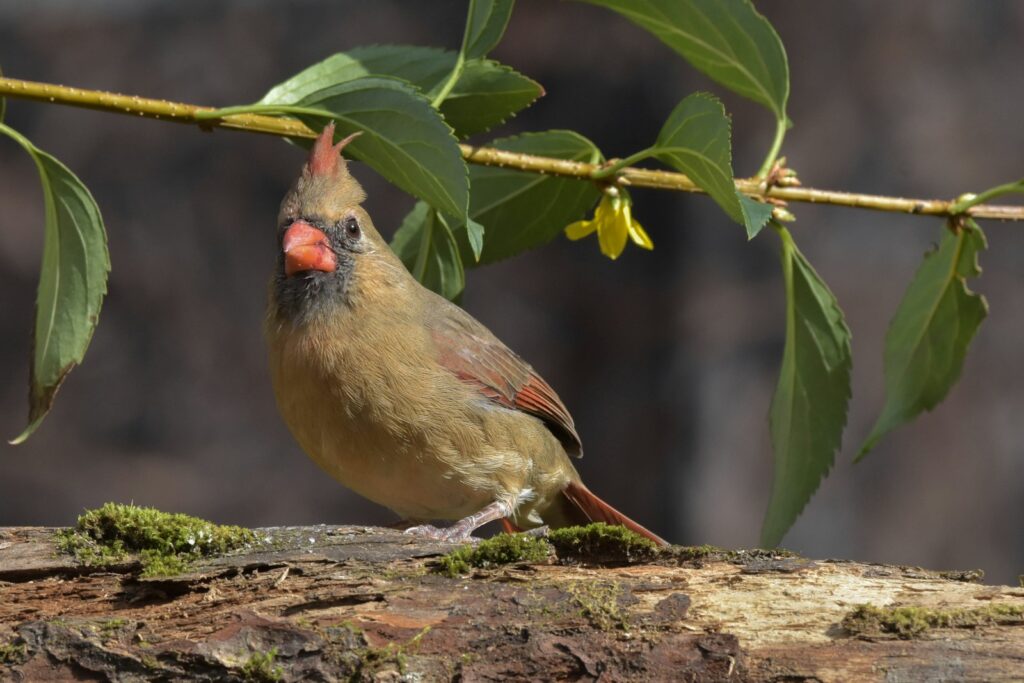
Successful morning birdwatching expeditions begin with thoughtful preparation that accounts for the unique challenges of dawn observation. Layered clothing deserves careful consideration, as early mornings often begin considerably cooler than they end, requiring adaptability as temperatures rise with the sun. Quiet, non-rustling fabrics in natural colors significantly reduce the risk of startling birds during close approaches. Logistics planning should include pre-visit research on access points, as many nature preserves and wildlife areas have specific opening times that may not align with optimal dawn arrival—experienced birdwatchers investigate these details and arrange necessary permits or permissions in advance. Pre-loading reference materials onto mobile devices prevents fumbling with field guides during critical observation moments, while preparing thermos beverages and portable breakfast options allows for extended morning sessions without hunger distractions. Perhaps most importantly, charging all electronic equipment the night before ensures that batteries depleted by cold morning temperatures don’t cut short a productive birdwatching session just as activity peaks.
Conclusion: Embracing the Morning Magic
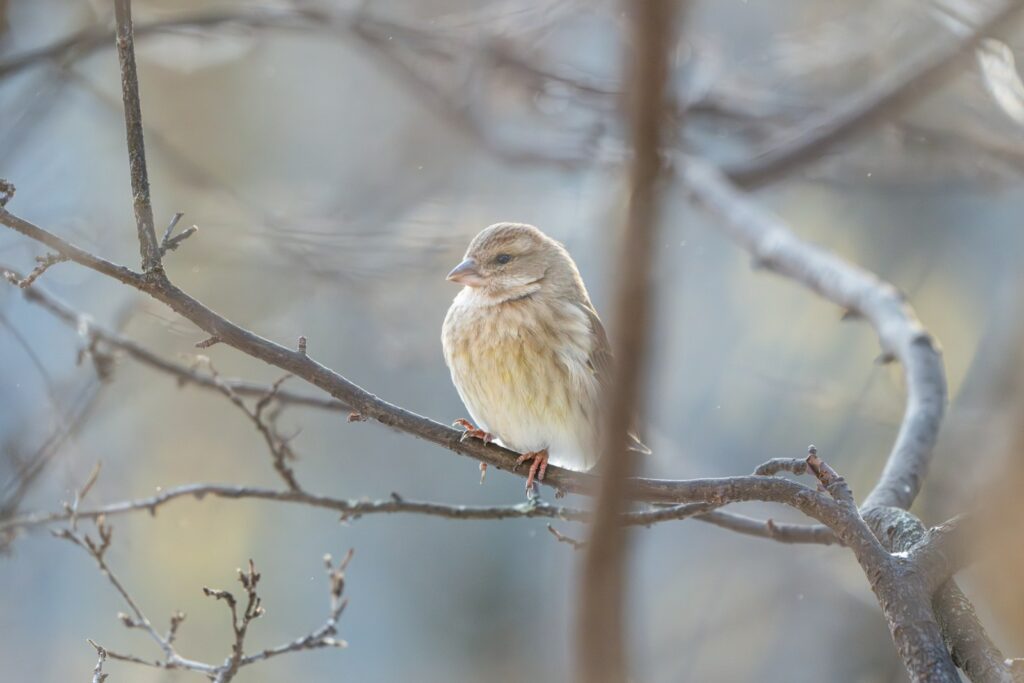
The morning hours stand unrivaled in their potential to deliver transformative birdwatching experiences, rewarding early risers with nature’s most vibrant avian performances. Understanding the nuanced timing variations across seasons, weather conditions, and habitats allows birdwatchers to optimize their opportunities for meaningful encounters with songbirds at their most active and expressive. While the dawn wake-up call may sometimes feel challenging, those who answer it consistently report that the combination of tranquil surroundings, concentrated bird activity, and the special quality of morning light creates experiences that afternoon sessions rarely match. Beyond the practical advantages for species identification and behavior observation, mornings offer something less tangible but perhaps more valuable—a sense of privileged access to a world not yet disturbed by the day’s human activities. For those willing to adjust their schedules to nature’s rhythms rather than expecting the reverse, morning birdwatching delivers not just better sightings, but deeper connection to the daily pulse of the natural world.
